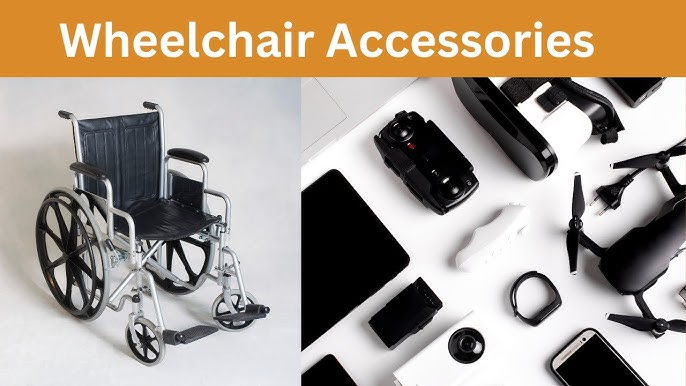Top 7 Tattoo Removal Methods That Actually Work
- David Fenton
- Jun 16
- 4 min read
Updated: Oct 31
Have you ever looked at an old tattoo and wondered if there’s a stress-free way to get rid of it? Or maybe you love the idea of body art but wish you could remove a particular design that no longer feels like “you.” If you’re curious about how to remove tattoos without laser, or you simply want a better understanding of the best tattoo removal techniques, you’ve come to the right place.
This blog post is for anyone looking to discover the top 7 methods that work for removing tattoos. We’ll explore everything from popular laser treatments to non-laser tattoo removal methods such as saline injections and TCA peels. Plus, we’ll look at important factors like your skin type, the tattoo’s colours, and the potential costs involved here in Australia.
Laser Tattoo Removal
Laser tattoo removal is often the first thing people think of when it comes to erasing unwanted ink. Lasering tattoo pigments involves breaking them down into tiny particles that your body’s immune system can clear away. If you’ve checked out any laser-removed tattoos before and after pictures, you’ll notice that tattoos tend to fade gradually over multiple sessions rather than disappearing all at once.

How Does It Work?
Laser removal uses concentrated light beams to target the pigments in the tattoo ink. Q-switched lasers and PicoSure are two popular laser types known for effectively treating colourful tattoos. Q-switched lasers emit high-energy pulses in nanoseconds, breaking up the ink effectively, while PicoSure lasers operate even faster and can sometimes handle stubborn colours like green and blue. Specialised lasers are critical because each ink pigment has different absorption properties.
Surgical Tattoo Removal (Excision)
Surgical tattoo removal, also called excision, is a process where a surgeon physically cuts out the tattooed skin and then stitches the remaining skin together. It might sound extreme, but this method can be highly effective for small tattoos. If you’re looking at removal tattoo options, excision may be a consideration when lasers aren’t leaving you satisfied or when you have a smaller piece you would rather remove completely in one go.
Dermabrasion
Dermabrasion for tattoo removal is a technique that involves mechanically “sanding” the top layers of the skin. It’s a form of skin resurfacing that aims to wear down the skin where the tattoo ink resides, letting the body naturally repair and rebuild over time. Because it relies on physically removing layers of skin, this option can be considered an extreme tattoo removal approach.
Chemical Peels
Chemical peels use acid-based solutions to remove the outer layers of the skin. For tattoo removal, the idea is to break down the skin to get at the layer where the pigment lies, encouraging it to flake off over time. But can this type of non-laser tattoo removal method fade tattoos effectively? Let’s investigate.
Tattoo Removal Creams
All over social media, you’ll see ads for top tattoo removal cream products that claim to fade or remove tattoos gently at home. It sounds like a dream: no lasers, no surgery, just a simple cream you rub on your tattoo. But are these revolutionary or just hype?
Saline Tattoo Removal
Saline tattoo removal is a natural alternative using a saline solution injected into the tattooed area. This method is often praised for being safer for delicate or sensitive skin. Professionals sometimes recommend it for cosmetic tattoo removal, particularly for permanent makeup like eyebrow tattoos.

TCA Peel (Trichloroacetic Acid)
TCA tattoo removal is a chemical-based method that uses trichloroacetic acid to remove the top layers of skin, letting the ink fade out as the skin heals. TCA has been around in cosmetic treatments for a long time—most commonly for age spots or acne scarring. Recently, some individuals have turned to TCA for removing unwanted ink, making it a popular option in the realm of tattoo removal without laser.
Professional vs. At-Home Tattoo Removal
When considering how to remove tattoo ink, you’ll find a mix of professional and at-home solutions. Laser-removed tattoos before and after images often show dramatic improvements, yet many individuals still explore at-home methods like creams or TCA peels to save money and avoid multiple clinic visits.
How to Choose the Right Method for You
Picking the best way to remove tattoo ink depends on several factors: skin type, tattoo colour, budget, and the risk of scarring. If you have a huge tattoo with a variety of colours, laser removal is often the most effective, though it can be pricey and time-consuming. On the other hand, if you’ve only got a tiny black-ink tattoo, a single surgical excision could be your quickest option, provided you accept the possibility of a scar.
Tattoo Removal Costs in Australia
Tattoo removal costs can vary widely depending on the method and the size of your tattoo. Understanding the average expenses can help you decide which approach is most realistic for your budget. Additionally, keep in mind that each session—whether laser or saline—could set you back hundreds of dollars, particularly if your tattoo is large or contains challenging colours.

Conclusion: What Works Best and Why
When it comes to removing tattoos, there is no one-size-fits-all solution. Each method—whether it’s laser removal, surgical excision, dermabrasion, chemical peels, or saline injections—has its own advantages and downsides. Your skin type, the size and colour complexity of the ink, and how much you’re willing to invest all play a major role in the final choice.
For many, laser removal remains the most proven approach, especially for large or colourful tattoos. However, if you’re searching for how to remove a permanent tattoo without laser, techniques like TCA peels, saline removal, or dermabrasion might be more interesting. Just be sure to maintain realistic expectations and understand that multiple sessions may be needed with non-laser Tattoo Removal Preston methods.









Comments